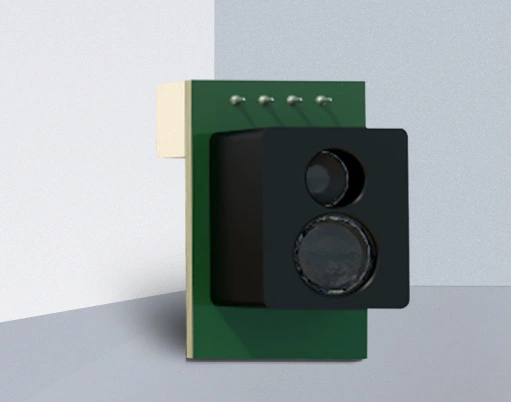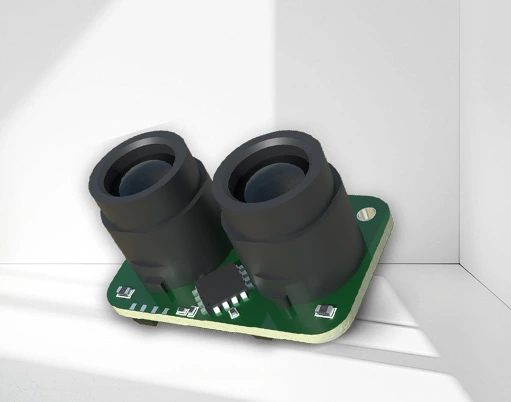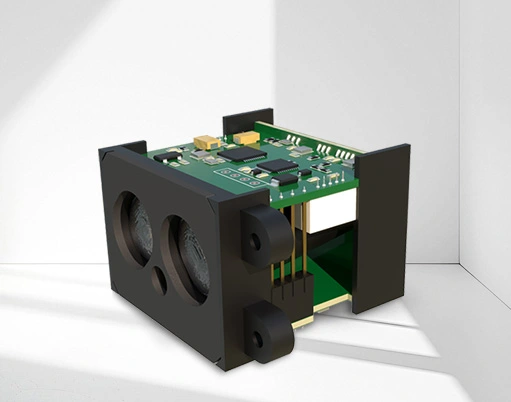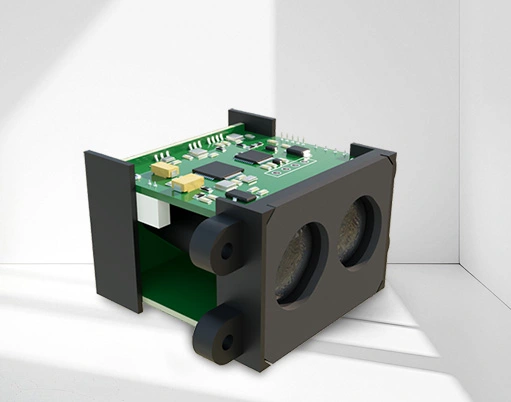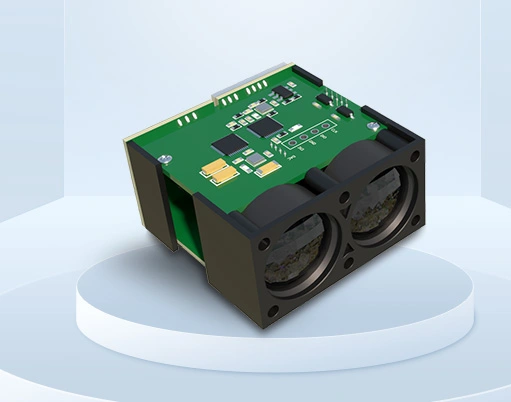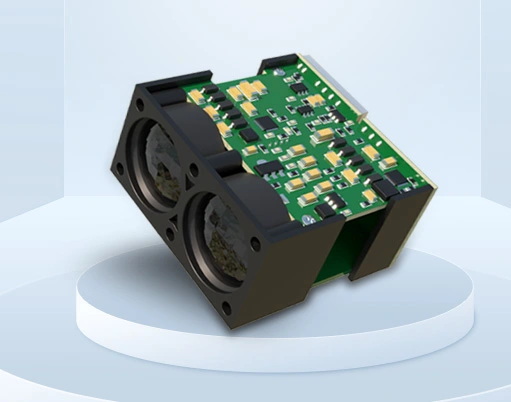
There are several ways to achieve this.
For very small distance measurements, laser can be used as the coherent light source of the interferometer, and the offset of the interference fringes can be calculated while moving the measurement reference point connected to the interferometer mirror. High quality sensors and software can interpolate fringes to very small fringe fractions, and depending on the specific interferometer, the fringes typically correspond to the wavelength or half wavelength of the laser used.
Laser can also be used for distance measurement through "TOF" (Time of Flight) measurement. If the laser operates in pulse output mode and the speed of pulse on and off is very fast, then essentially, it is to start a timer when the pulse leaves the laser and stop the timer when the detector receives the reflected pulse signal. Divide the time increment by the speed of light to obtain the round-trip distance. In order to generate pulses, some solid-state lasers can be quickly turned on and off by simply switching through electronic devices.
If higher resolution is desired, laser cavity management techniques such as mode locking can be used, which can connect the longitudinal mode phases of the laser cavity so that they remain in phase every time they travel back and forth inside the cavity (i.e., during the time when photons travel back and forth between the cavity mirrors, a super bright, ultra short light pulse will be generated with almost no interference between them).
This technology is sometimes referred to as laser ranging or LIDAR.
The shorter the pulse, the higher the potential resolution of the device. The propagation speed of light is about one foot per nanosecond (about 0.2 meters), therefore, the pulse length emitted by a mode-locked laser is about 100 picoseconds (about 0.75 meters), which is about 0.75 inches (about 0.9 centimeters).

